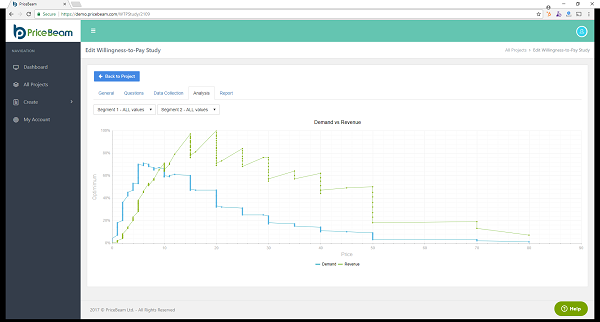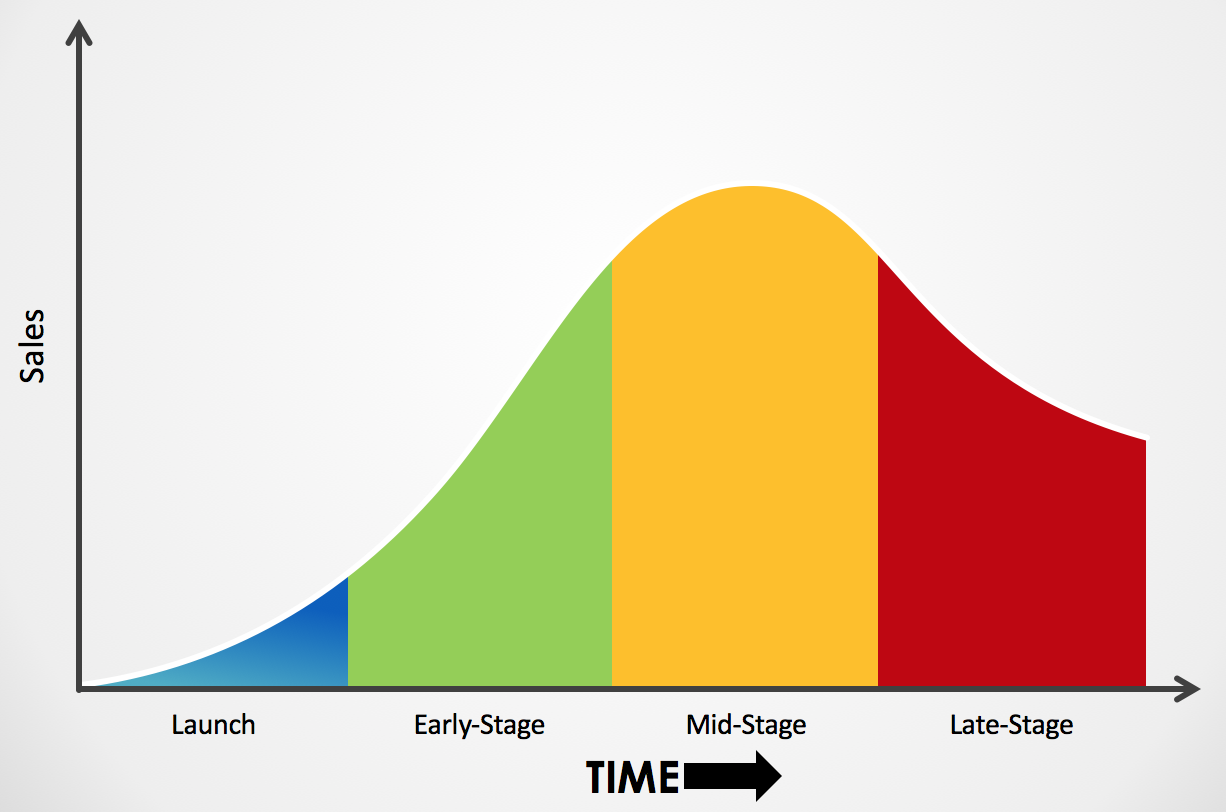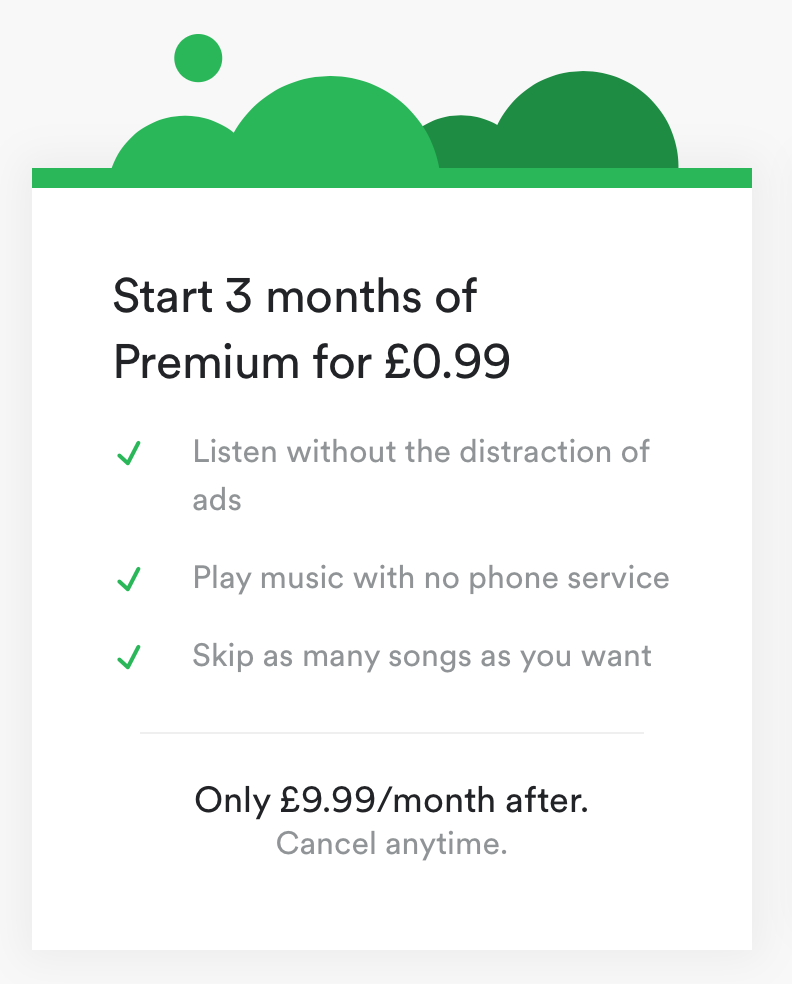5 Steps to Getting a Better Price for a New Product
 Finn Helmo
·
5 minute read
Finn Helmo
·
5 minute read

Launching a new product, whether you are in a startup or a well-established corporate environment, can be a daunting task. Everything from product development to marketing materials, sales training, customer communication and pricing comes in play. One of the biggest determinators of success is getting pricing right: price too low and the profitability is broken, plus it is almost impossible to later increase the price (substantially). Launch at too high a price and you may not sell enough to get off the ground.
Here are some key steps in pricing a new product or service:
1. Understand the Target Customers
who are you selling to and what do they value? It sounds simple, but this is actually where a lot of product launches fail. If you have an established business, then interview customers and understand what they want. If you are a startup or this is a completely new product, then go out and meet potential customers. Find out what makes them tick. Are your features relevant to them? Do they have pain points that are solved by your product?
Also very important is to understand if there is more than one customer segment to address? As a buyer of education software learned, not all buyers were equal: some would just look for a simple package at a great price, whereas others would seek help and support and others again value customization capabilities. By adjusting their offering and price to each segment (some getting a higher price AND a more elaborate solution than others) they were able to achieve a much higher average price than if they had just sold the same product at the same price to all customers.
2. Find the right price
Keeping the different customer segments in mind, it is key to finding the right price for each. At this stage one of the key things to remember is that price is what you get for value delivered to the customer. Price is not costs plus X percent. Again, it sounds simple but this is often where many companies fail, especially if the Finance department wields too much power over the pricing process.
The right price is what a given customer segment is willing to pay for the new product, in the configuration that this segment values the most. With the help of pricing research, such as PriceBeam's solutions, you can get solid and scientific insights that will help you arrive at such prices:

In the screen shot you can see two curves that show the demand for a given product in certain segments. The X-axis is the price and where the line reaches its highest point on the Y-axis is where the willingness-to-pay generates the highest potential revenue. With this kind of insights can you identify willingness-to-pay for a single segment or more. Using PriceBeam's comparative WtP project you can also compare that with existing products or competitive products, to better understand what the right price should be.
3. Check Pricing Boundaries
While the best price for a new product almost never has anything to do with costs, it can be healthy to keep some boundaries in mind when launching the new product. If Step #2 above gives you the correct Target price, you should also look at what boundaries the price can/should move within.
Identify the Price Ceiling
To find your price ceiling, you need to understand what value your product provides to your customer. Are they saving money by using your product or driving more business? Are they increasing brand equity? Is it saving them time or making processes more convenient? While money saved and revenue gained from using your product can be measured fairly easily, measuring its effects on convenience and brand equity requires you to use market research methods such as conjoint analysis, Van Westendorp or perceptual mapping.
Identify the Price Floor
The price floor is the lowest price you can charge without making a loss. That is, what is the lowest price you can charge without the cost associated with your product are higher than your price? You may think you know your cost, but many companies actually get their true cost wrong. Often, they fail to account for R&D and the full cost of building your brand’s reputation. If you’re speaking at a conference to promote thought leadership, this comes at a cost, too! You spend time that you could have spent elsewhere and may be sharing knowledge that you could have sold to the audience in a whitepaper or a webinar. Your price floor must account for all costs associated with your product, also those that don’t show on your income statement.
4. Plan for the Product Lifecycle
Most products and services are launched at a given price as well as time. They may be completely new and innovative and bring benefits to customers that are unparalleled at the time. But as time goes by, competition intensifies or customers no longer put the same value on the product and its features. A successful product launch takes this into consideration from before the launch rather than responding to changes with adhoc or desperate pricing. What should be the price when you launch? Should the price change over the first 12 months? Is there already a life expectancy, and if so what kind of pricing should be used when the product reaches its end-of-life? Typically at the end there are two types of approaches: a) increase the price of the old product substantially to discourage further purchases / encourage switches to its newer replacement b) lower the price to get rid of stock and reward customers who still buy it.
The key point is to plan for how the price should move from start to finish. This doesn't mean that you can fully predict the future, nor should you, but product launches that start low and then suddenly get a 50% price increase are rarely very successful. Nor are launches at e.g. 100 that then within 6 months can be bought at 25. The early adopters who bought at 100 find themselves misled.
If you do plan to alter pricing considerably over the life time of the product, then try to do this through product variants instead. E.g. adding features and only charge the higher price for those additional features. Or offer a full version, a premium version and a simplified version and then do the discounting on the simplified version.
5. Plan for International Pricing
Many product launches are still done in a small set of markets, even just a single market in many cases. The rationale is clear, that it is kind of a market test and before spending millions in marketing and sales support around the world, it is safer to test it out in a single market first. No problem there. But what it also means is that pricing in subsequent (international) markets "benefits" from the pricing lessons learned in the first launch market. Of course learning is great, and very often willingness-to-pay DOES differ between countries, so a differentiated price is not necessarily bad. But as with most things in pricing, if you have ambitions about putting the product into multiple markets eventually, it is best if you already understood each of your target markets (#1 above) and have a good feeling for the right price (#2) and possible also some ceilings/floors (#3) for each of the international markets, even before taking the first step.
Bonus Tip: Setting the price by Level of Customer Resistance
Sometimes it can be difficult to gauge the true willingness-to-pay, especially if you are selling a more complex product or have a pro-longed procurement process. Many SaaS companies experience this.
I recently worked with a very interesting startup company who told me when we met, that they had never had one single customer leaving them and generally had no complaints about prices. This despite them being in an industry where other companies offer kind of similar services. While it may feel good in-house it almost certainly also means that pricing is too low. A rule of thumb says that at least 20% of the customers should strongly object to a price/price increase before you have reached the right price. If nobody complains or expresses dismay, then take the price up by at least 10-20%.
.png?width=400&height=100&name=PBLogoTransparent%20(1).png)



